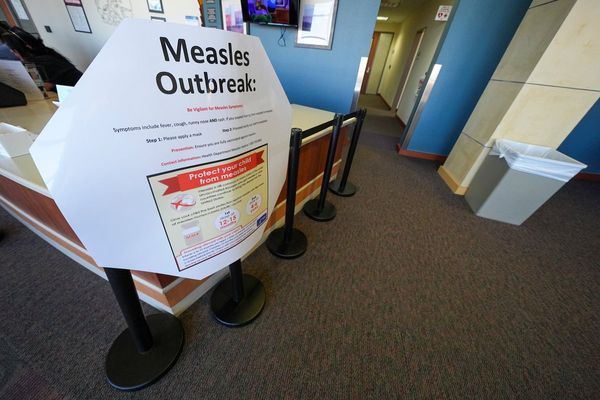
Of the many compelling characters penned by Charles Dickens, Bull’s-eye and Grip are perhaps as instantly recognisable as their human owners.
The bull terrier in Oliver Twist whose viciousness mirrors that of his murderous master, Bill Sikes, and the chatty raven in Barnaby Rudge are among a plethora of animals to feature in his novels.
The writer drew inspiration from the animal world, not least from the menagerie of pets that dominated the Dickens household.
From the real-life Grip, a talking raven who buried coins and cheese in the garden and terrorised the coachman and the Dickens children, to the eagle, goldfinches, cats, dogs and horses – all were part of the Dickens family.
Now a new child-friendly London exhibition, Faithful Companions: Charles Dickens & his Pets, celebrates animals found in the books and homes of the writer, bringing them to life through family photo albums, letters, illustrations and paintings.
The original Grip was banished to the shed after biting one of the Dickens children, but a succession of others, each called Grip, followed and are believed to be the inspiration for the narrative poem The Raven by Edgar Allan Poe, first published in 1845.
Dickens delighted in Grip, describing in one letter to the daughter of a friend: “When you come again, I will shew you a Raven, alive and pecking. He will peck little holes in your legs if you like, and make a complete cribbage-board of each of your stockings. He breaks all the kitchen-windows every day, and flies at everybody except the Cook.”
Other feathered companions included an eagle, given to Dickens by a Scottish landowner. The writer’s daughter, Katey, wrote that her father had “no idea what to do with him”. Kept chained on a perch in the garden, the miserable bird refused all food, including “the plumpest mice” and “it was plain to see that he was breaking his heart in that sooty London garden”.
When Dickens left to travel Italy, the artist Edwin Landseer took in the eagle and Grip. “My affectionate protection to the Eagle and Raven. They sound like the sign of a Public House,” Dickens wrote to Landseer. He never reclaimed the eagle.
Timber, a little lapdog, was the subject of a comic letter describing how he caught the most terrible fleas in Italy and had to be completely shaved. Of the pomeranian Mrs Bouncer, Dickens’s daughter Mamie wrote: “He delighted to see her with the large dogs, with whom she gave herself great airs, ‘because’, as he said, ‘she looks so preposterously small.’”
Bob, the kitten, learned how to turn off his master’s gas lamp to gain attention.
Horses were everywhere; Dickens owned several, some of whom were named after characters in his books, such as Toby (Oliver Twist), Boy (Great Expectations), Newman Noggs (Nicholas Nickleby) and Trotty Veck (The Chimes).
His love of dogs and cats is reflected in his works, including in Boxer the dog from The Cricket on the Hearth, and Lady Jane, the ferocious cat from Bleak House.
Frankie Kubicki, deputy director at the Charles Dickens Museum, said: “Once you start looking for the animals in Dickens’s life you soon realise that they are everywhere! They are heroes, villains and comic characters in his books, are mentioned fondly in his letters and share houses with him for most of his life.
“He was amused by them, clearly loved them – despite the odd altercation – and recognised their place in the fabric of Victorian life.”
She added: “It was very common to capture our own wild pets and to tame them and keep them. It is in that narrative Dickens’s raven fits.”
The first Grip – who was stuffed, mounted and ended up in the rare book department of the Parkway Central Library in Philadelphia – features in a family portrait in the exhibition.







